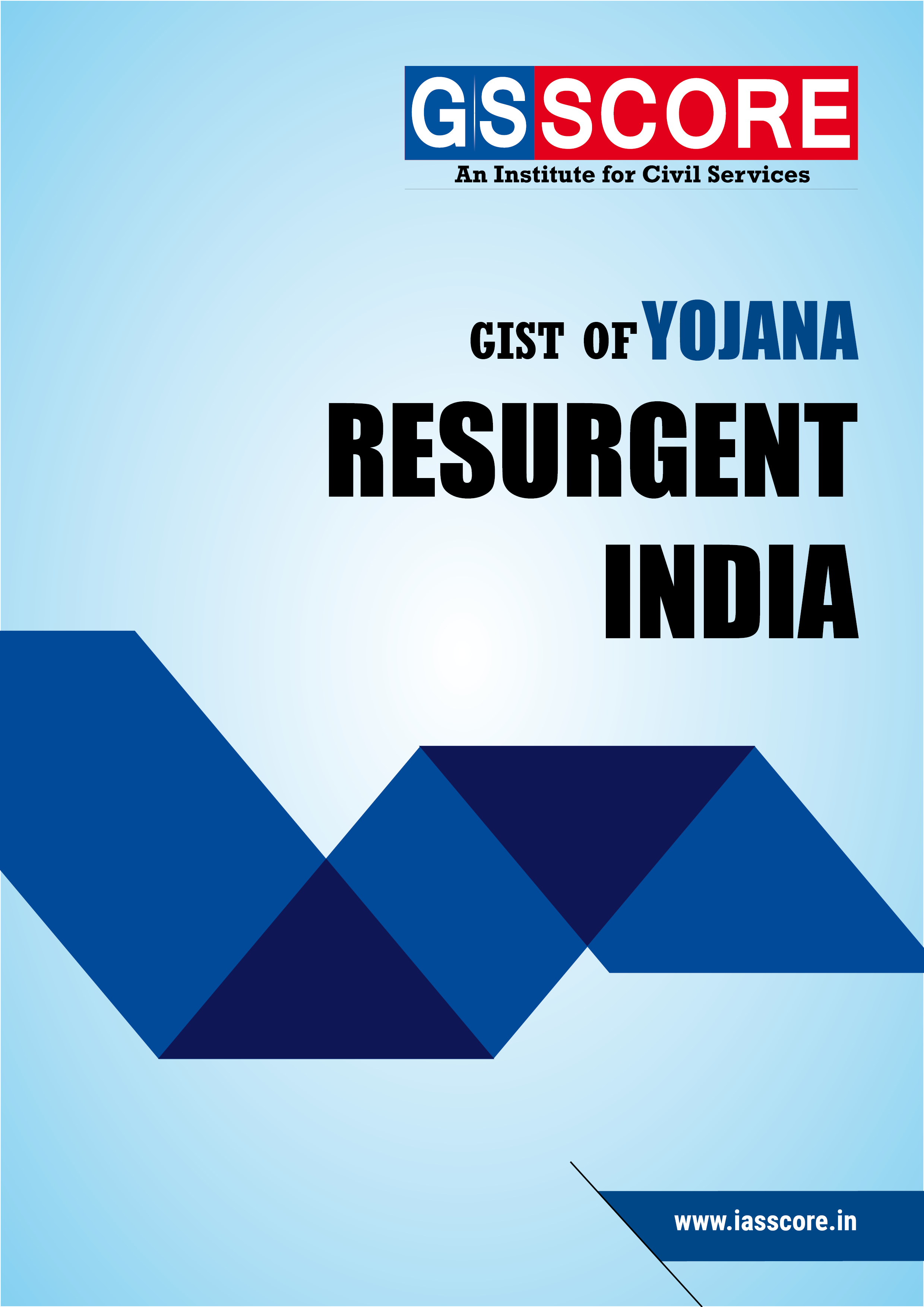


"Resurgent India"
Resurgent India for UPSC Mains General Studies
UPSC Exam is all about proper strategy, dedication and consistent endeavor in the right direction with authentic and reliable study material. Government and renowned international reports form a very important source for grasping the conceptual clarity of contemporary national and international issues/topics. However, it is a daunting task to comprehend a report that runs through hundreds of pages. It becomes difficult for the students in time crunch situations particularly during UPSC Mains Examinations.
In order to ease the burden over aspirants, GSSCORE has come up with a series of summary of important national and international reports in a crisp and comprehensive manner. Underlining the importance of reports and indexes for PT and Mains, GSSCORE provides a comprehensive summary of important reports of national and international repute. The summary of the report by GSSCORE would save the time and energy of the UPSC aspirants and enable them to quickly cover the syllabus.
- The following summary of the YOJANA titled “Resurgent India” is in one among the series of summaries created by GSSCORE on various reports.
- The report gives us a brief idea onAddressing Rural Poverty: Livelihood Development and Diversification, Initiatives to achieve above objectives, Factors Contributing to Different Types of Poverties, India’s Journey towards A $5 Trillion Economy and so on.
- The report underscores the recent developments in achieving these goals.
- YOJANA is important topic both for UPSC Preliminary as well as Mains. So going through the GSSCORE summary of the report becomes imperative for UPSC aspirants. Students can download the gist of this report from the Free Resources section of GSSCORE website:https://iasscore.in/free-study-material-downloads
Related Articles



